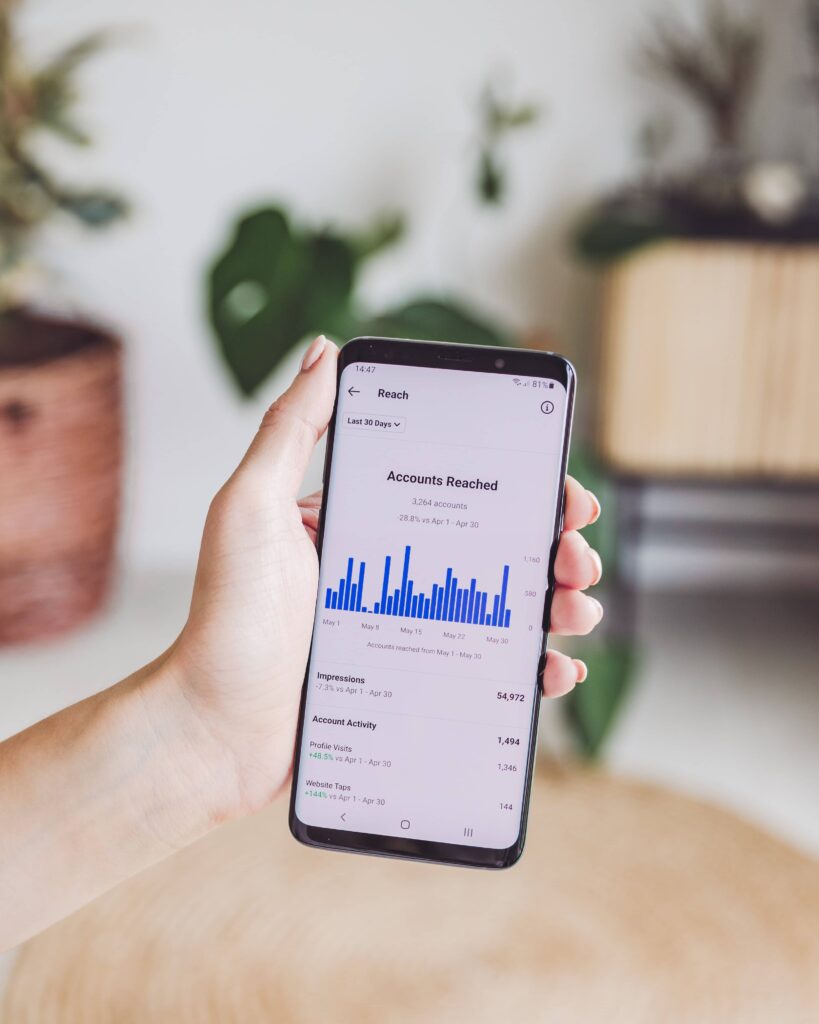When you’re creating any kind of content – a blog post, an ebook, even a social media post – one of the most important things to consider is your target audience. To market well, marketers must have a comprehensive understanding of their audience, and how to best reach them. When marketers know a target demographic, they can be more strategic about creating a brand relationship and product that does well and does not harm the environment. But what is your target audience, and how do you figure it out?
Let us take a look at what a targeted audience actually is, and the steps you can take to find yours. In this article, we’ll walk you through the process of figuring out who your target audience is, and how to create content that speaks to them.
What Is A Target Audience
Your target audience can refer to the individuals who most likely want your product. They can be determined by age, gender, income, location, interests, or a host of other factors. Your target audience is like a spreadsheet that you can use to look at the demographics of your prospective buyers, and how they’re likely to react to your content.
It’s important to focus on these audiences before you create your content. For example, if you’re trying to sell baby products, you may want to talk about the benefits of breastfeeding over formula. If you’re trying to sell a cooking class, you may want to create content that shows how to make your favorite dish. Your business may be able to use statistical marketing tools for this decision, as long as you adjust them to fit your individual case.
How To Figure Out Your Target Audience
The first step in targeting your audience is figuring out who they are. One way to identify your target audience is to analyze the data you get from consumer engagements, look at current buyers and purchase trends, and continuously update provisions as new information becomes available. This can be done in a few different ways:
1. Surveys
One of the best ways to get information about your target audience is to ask them directly. You should learn the best way to reach your target audience is to look at what your potential consumers already buy, where and how old they are, and what their interests are. One good way to determine this is to analyze your contact information, and survey your current customers or email subscribers or use a tool like SurveyMonkey to create a survey for potential customers.
2. Analyze Competitors
Research suggests that marketers can understand their competitors by looking at who they are frequently selling to clients, and how they go about it. To these ends, are they focusing on decision-makers, supporters, or both, and which audiences each marketer is targeting?
3. Social Media
There are a number of ways to get information about your target audience on social media. For example, you can target a specific audience on Facebook, Instagram, TikTok, youtube, etc.., or you can use a tool like Klout or PeerIndex to get a general sense of where they’re coming from.
4. Conduct Market Research And Identify Industry Trends
The first step is to examine the research for industries you want to operate in to figure out where they are lacking goods or services. You should collect information on industries in your particular field and what similar products they are offering. Then, compare your products to the products from these other industries.
5. Google Analytics
You already know that Google Analytics is a great way to track your website traffic. But you can use it to find out more about your target audience. For example, you can use the location settings to find out where they’re located.
Google allows its Analytics users to track the digital signatures of users’ visits to your site, and they can be leveraged for key insights. A typical example is what media channels your target audience uses, allowing you to make more data-driven media decisions during the media decisions.
6. Define Who Your Target Audience Isn’t
There will be consumers familiar with your niche that would benefit from your products and services, but do not meet your demographic. You need to identify which demographic you serve and who it isn’t in as much detail as possible. Knowing this information will help contain your ad campaigns to address consumers that are most likely to respond to the ad message.
7. Continuously revise
As you added more details to your personas, you’ll get a more accurate understanding of your target audiences. The information provided by the revised personas will help to continually optimize and fine-tune your personas

An Example Of A Target Audience
Target audiences tend towards certain types of people. These can be men, women, teenagers, or children. They often share a particular interest such as reading, playing video games, or collecting baseball cards. Identifying the target group of customers is often so by examining data and reports gathered by available analytics, research, and targeting.
Benefits Of Target Audience
As a marketer, attempting to pinpoint your target audience is an essential tactic. This knowledge will guide every marketing plan and strategy you implement. Knowing your target audience is significant as your target audience could be between different audiences depending on the type of educational resources and social content you are creating. Selecting the right mediums is integral to achieving marketing ROI in your endeavors. The right media for your messages are countless, but choosing the correct media can optimize their effectiveness across many audiences.
If you are running any type of marketing campaign, it is critical to understand your target market in order to understand and communicate with the consumers. You can develop creativity that speaks to specific personas and create brands that will resonate and speak to the interests and values of those most likely to purchase. At the same time, be sure you are not spamming the consumers about your product. Rather, they want personalized interactions that are natural extensions of the brand. The majority of people will believe that the ad is more likely to be genuine if it requires information unique to them and if they feel they will be interacting with a real person.
Types Of Target Audiences
Target audiences can be segmented into categories that refer to, define, indicate location, address interests, and more. These audiences are often referred to as personas, personas are often used to describe the characteristics of a particular type of consumer. Personas give marketers a way to segment the market into different groups of people with different characteristics.
For example, the persona might be a young woman who loves to go to the gym but doesn’t love exercising. You can find personas by analyzing data from your own website and social media. For example, you could find out what types of people are commenting on your blog. but here are the different groups of target audiences for a brand.
Interest
Separate your market by various interests, including, for example, hobbies and entertainment preferences. This can help you make data-driven, highly personalized messaging that helps you connect with your audience in meaningful ways. This process results in meaningful connections between your fans that allow you to drive brand loyalty.
Purchase Intention
In order to better understand your audience’s pain points, learn which groups are looking for a product or a particular kind of intention for the purchase of a product. These insights will help you create more effective messaging that addresses their needs.
Subcultures
Subcultures all refer to groups of people who have a common experience, such as a music genre or an entertainment fandom. Understanding some of your target audience’s motivations can better help you understand who you are trying to reach and what you need to say to them to achieve effective marketing.
The Difference Between the target Audience And Target Market
A target audience can be a subgroup within a customer’s target market. The company with the most specific target market, based on the different types of products they promote. An advertisement is directed to a specific type of consumer.
A target market is a group of consumers who share a potential interest in a product or service. The target market is the group of consumers that buys your product or service. The target market is the entire range of consumers who may buy your products or service while the target market is the subset of those consumers who will be most interested in your product. For instance, if you sell books on your website, your target audience may be the whole world because almost everybody needs books in one way or the other But your audience might be students who need the books for school or study purposes.
Conclusion
As much as It is to know your target audience is essential to know your target audience and understand it, and you don’t need to be an expert on them. You need to understand their key needs, interests, and behaviors. Understand their demographics, interests, and motivations. The information provided by the revised personas will help to optimize and fine-tune your personas continually.
The main thing is to understand that your target audience is part of a larger audience. Understanding the differences between the target audience and the larger target market can give you valuable insights into your marketing efforts.
Subscribe to our mailing service for the latest updates and tips to grow your business also for further assistance or inquiry about any of our services feel free to contact us.


